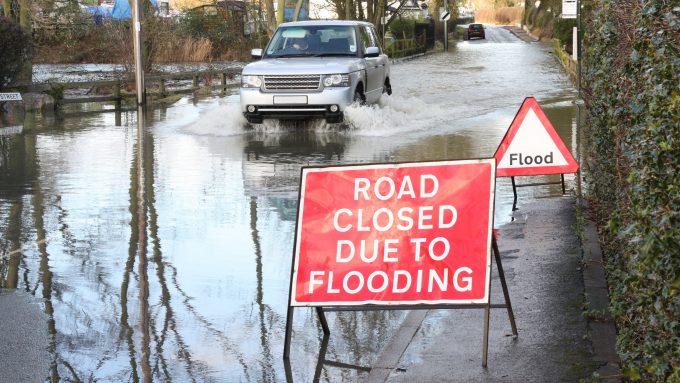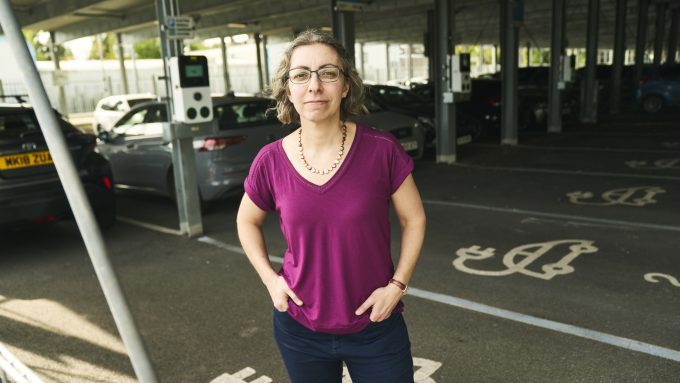Great Britain Trip Database Portal (GBDP)

The system provides a database of trip records derived from mobile phone data. The database has been built by Telefónica UK (O2) and relates to all motorised road and rail trips throughout Great Britain (the UK mainland) during 2016 or 2019.
The data is available free of charge for research purposes, supporting academia and SMEs via a web interface that allows users to obtain anonymised and aggregated origin/destination data for those research projects.
The GBDP can support both Academia and SMEs by providing insights into past and current travel patterns:
- To develop research, study travel behaviours across the UK mainland and assess novel use cases;
- To validate business models and to support testing and demonstrators for new products and services, tailored around users’ needs.
A guide for the data request process, and methodology on how Mobile Network Data is pre-processed, are both available by contacting the Connected Places Catapult project lead, here.
Each data request will be approved by Connected Places Catapult and subject to acceptance of Ts&Cs.
Use Cases
These previous use cases display how Mobile Network Data has been used to understand travel patterns and users’ behaviour.


Large scale agent-based modelling to support shared mobility - the DeMAND project

Assessing sustainable transport solutions for rural mobility

The laboratory for mobility on demand
Further references
More information is also available on the O2 website.
Transforming Bristol's Urban Mobility






